In September 2018, National Security Advisor John R. Bolton reportedly called on the ministry of defense to formulate an attack on Iran in response to a mortar attack on the American embassy in Basra, Iraq. Would the US actually be able to launch a direct attack on Iran?
The White House has put forward three options for creating regime change in Iran:
– economic war
– military war
– diplomatic war
Donald Trump is not interested in a military conflict and definitely not looking for a full-scale war. Instead, he will try to pursue economic war.
Mike Pompeo, on the other hand, has pursued a diplomatic strategy against Iran; for example, consulting with European countries to expel and arrest Iranian ambassadors in European countries, the January trip to eight Arab countries to consult against Iran, and holding anti-Iranian meetings such as the Polish Summit in February 2019.

However, John Bolton is unapologetically looking to use a military option against Iran. He has been through consultations with Iranian military opposition, the Mujahedin-e Khalq, who have a history of open conflict with Iran’s military forces.
Possible scenarios of a military attack on Iran
During the war in Libya, NATO weakened Muammar Gaddafi’s regime by strengthening the armed opposition. NATO’s attack on Serbia in 1999 was a similar situation. Iranian opposition groups, however, are either unarmed or too weak to accomplish this strategy.
In the wars on Iraq and Afghanistan, the American military forces entered and occupied in a ground war. Notwithstanding, Iran differs greatly from Afghanistan and Iraq in terms of territorial extent, high population, high numbers of military and paramilitary forces, more advanced military equipment, the Iranian people’s negative attitude toward the United States, and the presence of a strong Iranian identity.
In light of such issues, a potential war with Iran would be complicated. That is why the US cannot start an all-out war with Iran and can only at best attack some sensitive and critical areas. Accordingly, they can divert Iran from adopting anti-American policies. This strategy known as “the limited war” was designed by Henry Kissinger.
These sensitive areas are:
– Nuclear facilities. Due to Iran’s transparency about its nuclear facilities, the US has no concerns in this regard. Therefore, an attack on these facilities is unlikely.
– Petrochemicals and oil refineries. Iran is the fifth producer of crude oil and the third producer of natural gas in the world. As a result, any military attacks on these centers will disrupt global markets. Furthermore, the US dollar would be threatened because Iran uses the dollar for its oil and gas deals.
– The national power grid. Over the past few years, this area has been the most important weakness for Iran because of its susceptibility to viruses and noise-transmitter UAVs. However, since the Stuxnet attack led by Israel and the US on Iran’s nuclear facilities in 2010, Iran has completed its power transmission system, so it might not be vulnerable to similar attacks.
– Military centers within Iranian territory. When Saddam Hussein attacked Iran, these centers were one of the main targets of Iraqi aircrafts. Nonetheless, the Iranian missile defense system “Bavar-373”, which is a completed form of the S-300 Russian defense system, is now in operation, making an attack on Iranian military sites impossible. The range of the Bavar-373 missile system is 50% higher than the S-300. Iran claims that this missile system is among the top four defense systems in the world.
Ground, aerial, or naval warfare?
Iran is a country half covered with mountains and half with deserts. The arrangement of mountains and deserts are rather interesting. The mountains cover the northern and western regions like a wall. The deserts, on the other hand, have made eastern and central areas impenetrable. Moreover, there is a sea in the south. Considering these natural factors, the arrival of ground forces from other countries into the Iranian territory would be a formidable task. As the movement of the enemy forces slows down, Iran would easily be able to deal with them.
In a naval war, due to Iran’s full control of the Strait of Hormuz, Iranian forces would be very difficult to contend with. Meanwhile, the naval warfare strategy would require very strong support that the US Navy in the Sea of Oman region just does not have.
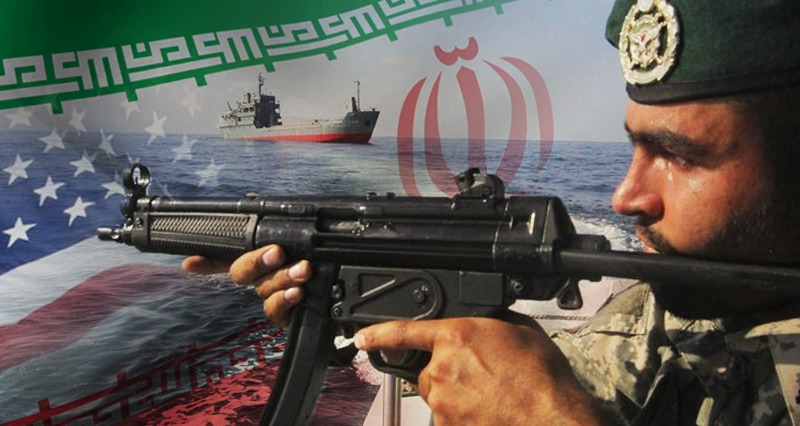
The Bavar-373 defense system would not allow the American air force to carry out an all-out and long-term war. The US could only use its air force against Iran in a restricted manner.
Nevertheless, the only option open for America could be to use long-range missiles launched from warships. We saw a similar situation when a rocket attack launched on the Syrian Ash Sha’irat airbase in 2017.
How would Iran respond?
In the aviation sector, Iran has indigenous fighter jets which are the upgraded versions of foreign ones, such as HESA Kowsar, HESA Saeqeh, HESA Azarakhsh and others.
Iran is among few countries that manufacture UAVs (e.g., Saegheh, Hazem, Qods Mohajer, and HESA Ababil). Some of these drones were used in a war against Israel by Lebanon and Syria. The speed of the UAVs is 300 km/h with the ability to carry a payload of up to 40 kg.
Iran has many naval vessels and is ranked fourth globally in this regard. The Islamic Republic has five frigates, three light frigates, 33 submarines, 10 minesweeper ships, and 230 high-speed boats equipped with assault weapons.
Iranian vessels can block the Strait of Hormuz and prevent 20% of the world’s oil exports, and they have repeatedly practiced closing the strait in military exercises.
All of this aside, the most important feature of Iran’s military power is its missiles. With a range of up to 1,200 miles (1,930 kilometers) and a speed of 5,500 km/h, the Iranian Shahab-type missiles have a global reputation. Iran used the Shahab-3 missiles to attack ISIL in Syria in 2017 and 2018. Iran’s latest missile, Shahab-6, has a range of 11,000 km, although this has not yet been officially unacknowledged by Iranian military authorities.
Fateh-100, with a range of 300 km, Fateh-313 with a range of 500 km and Fajr-3 with a range of 2500 km are all in Iran’s arsenal, each with speeds higher than 4000 km/h.
Iran could easily target Israel and American sites in the Middle East with its missiles, appropriately inscribed with the slogan of “death to America” on their fuselage, a fact which significantly raises the cost of a potential war for the US.
In the war against ISIL in Syria, Iran proved adept at ground warfare. However, Iran only used 10% of its military capability in the war and did not use any of the aforementioned weapons (aside from two missile strikes). This could very well indicate that Iranian troops would be able to hold their own against America’s.
The US government is trying to focus its international policy on the East Asia Region and has no vested interest in the Middle East. Therefore, Donald Trump is very unlikely to engage in another war in the Middle East. The most important preparations for completing the “pivot toward Asia” is the rapid inhibition of Iranian international policies or regime change in Iran so that the White House and its allies are no longer worried about Iran’s influence in the Middle East.









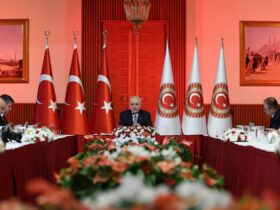
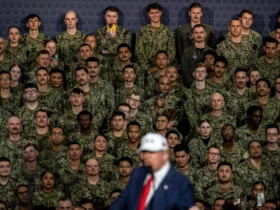
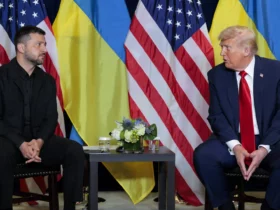
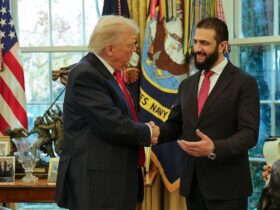


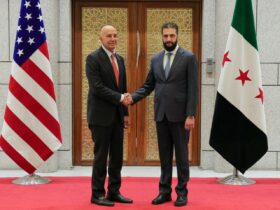

Leave a Reply